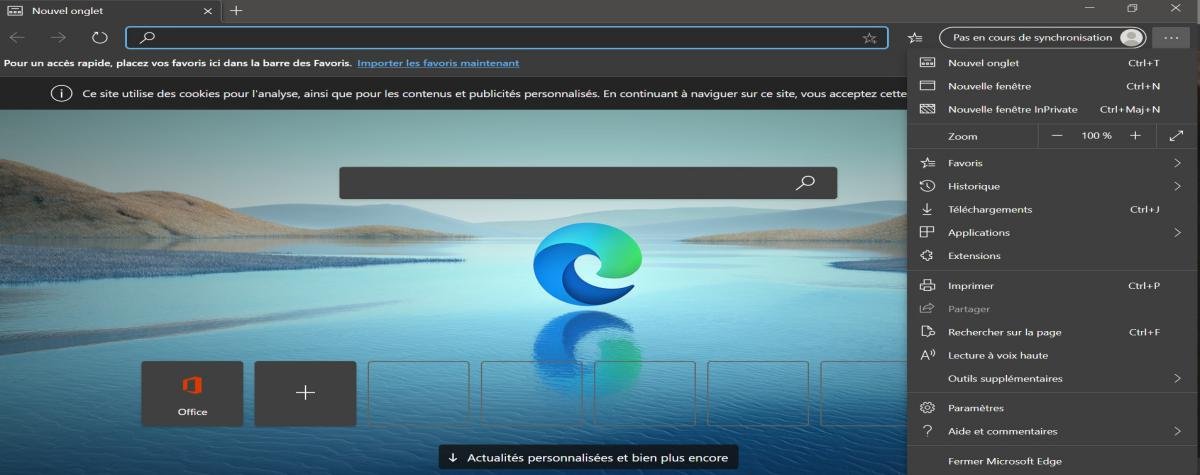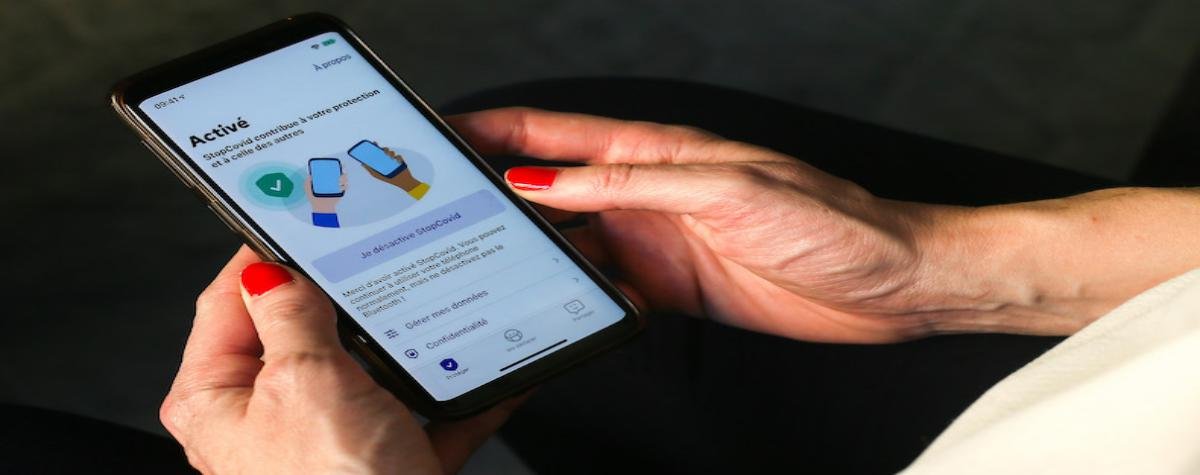What causes the large discrepancy between what some Web developers charge compared to others? Answering this question requires consideration for the reason behind why you want a website in the first place.
Some developers focus on the literal final product: the combination of code that results in a pleasant enough website design.
But developers with marketing savvy concern themselves with more than just building something that looks nice. They act as consultants to clients who are looking to accomplish specific goals with their websites.
With this in mind, hiring someone to build a website who doesn’t seem interested in/doesn’t ask questions about your end goals is a red flag. It’s important to call out the fact that even the most beautiful web design may not be ideal when it comes to getting visitors to convert into customers.
That said, 94% of people judge your credibility based on your website’s design.
So, instead, you need to focus on using your design to offer the ideal user experience. You must make it easy for visitors to find the information they sought by visiting your website in the first place while guiding them towards goal conversion activities.
These web design best practices focus on the intersection between creating a beautiful website and one that serves your business.
What Defines Web Design Best Practices?
To be sure, everyone and their mom has opinions about what constitutes a well-designed website.
But let’s rein in everyone’s opinions by deferring to the experts.
According to Orbit Media, you can group web design best practices into these three basic categories of standards:
Brand standards: You might be more familiar referring to this same concept as “branding”, “style guides”, or “mood boards”. These standards include anything that has to do with how a website looks and involves the use of colors, typography, and elements that are specific to the particular business.
Coding standards: Websites should be built according to the programming standards agreed upon by W3C, the international community that works together to develop web standards.
Accessibility standards: Access to information is a basic human right, which has been recognized by the UN Convention on the Rights of Persons with Disabilities. Besides that, making your site accessible has positive effects — not just on sales but SEO as well. W3C shares a basic list of standards you need to follow to design an accessible website.
Let’s look at how to develop web design practices based on each of these standards:
Brand Standards
Websites that lack consistent branding can be stressful to interact with and cause confusion. As such, it should come as no surprise that some 38% of visitors have said that they will stop engaging with a website if the content or layout is unattractive.
Keeping in mind that looks aren’t everything, here are some basic design principles to consider for creating a website that people want to use:
Balance
Balance is the principle of design that prescribes how to effectively distribute visual elements. In general, a balanced design looks clean and natural and has good symmetry (although that’s not necessarily a condition of balance).
You can incorporate balance in web design in terms of the page layout.
Centering text or other elements across the page is an easy way to do so. In general, web pages are built on a grid system, which creates a form of balance. You can use the CSS float property to position elements and balance them across the page.
Balance can be achieved in 3 ways:
1. Symmetrical design
Arranging elements in an even fashion across the web page. For example, if you have a heavy element on the left, you should have a heavy element on the right. As mentioned, centering is the easiest way to achieve symmetry, but it can sometimes come across as flat or boring.
To avoid making the page look monotonous, you can create balance using different elements, such as balancing a large image with a block of text. There is also a type of symmetrical balance called radial balance, where objects radiate from a central point.
2. Asymmetrical design
More challenging to do well, asymmetrical design involves the uneven distribution of elements on a page. For example, you may have a large element in the center, which is balanced by a smaller one further away.
You may use other elements of design, such as color or texture, to balance an asymmetrical design.
3. Off-balance
These types of designs suggest motion and action, which can make people uncomfortable. If your website intends to make people think, then an off-balance design is for you.
Accessibility Standards
The internet was designed to work for all people, regardless of the specific hardware, software, language they use, their ability or location. However, many sacrifice accessibility for a beautiful design.
Accessibility refers to the practice of making your website usable by everyone.
Besides those with disabilities that affect access, W3 says that website accessibility is also beneficial for:
Those using devices with small screens, different input modes, etc.
The elderly.
People with “temporary disabilities” including a broken limb, lost glasses, or a medical condition.
Users with “situational limitations”, such as those accessing the Internet on devices in bright sunlight or in an environment where they cannot listen to audio, such as public transportation.
Individuals with a slow Internet connection.
Accessibility should be everyone’s concern, as we’re all affected by it in some way.
Reasons to Make Your Site Accessible
Still not sure it’s worth spending your time on accessibility in this discussion of web design best practices?
Consider these reasons:
It’s an ADA requirement. The Americans with Disabilities Act (ADA) was passed in 1990 to protect the civil rights of those with disabilities from discrimination. It covers things like transportation, telecommunication, employment, and even building codes. Since this law was passed nearly 30 years prior — a time when the internet was not as ubiquitous — lawmakers are seeking to amend it.
It fosters inclusivity. A survey by the Pew Research Center shows that people with disabilities are three times less likely to go online than their counterparts without disabilities, which is a shame since statistics show that about 30% of professionals have a disability, with 62% of those with disabilities “flying under the radar” for fear of negative bias.
It will help you win more business. By being more inclusive, you’ll bring in a network of people with disabilities, which represents $7 trillion in disposable income.
SEO benefits. Search engines reward websites that are accessibility-compliant in order to encourage more websites to be accessible.













